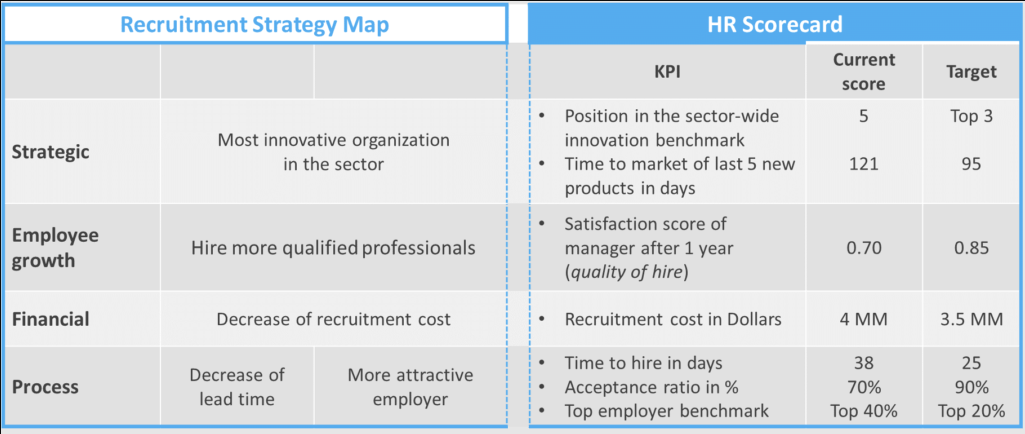Effectiveness of Human Resource Analytics and Scorecards
Part A
Descriptive and Prescriptive Analytics
Human Resource (HR) analytics can influence an organization’s performance and human tasks, depending on its suitability. Employing the correct type of HR analytics will build a high-performing human environment. In this discussion, we are going to talk about descriptive and prescriptive human HR analytics.
The descriptive analysis involves taking historical data, simplifying and summarizing it into a more understandable thing. It is not easy to make conclusions from raw data, which calls for someone to aggregate it. Using this human resource dataset measure, we can come up with valid conclusions that will guide us in making decisions. For Example, in trying to find out the progress of a company, it is possible to see:
- That approximately 30% of the employees left the company.
- The company makes a profit of approximately 30% annually.
- The employees work on average on four projects with 20 hours worked per day.
From the data above, it will be easier for one to make good decisions that will help the company expand and increase its performance.
On the other hand, Prescriptive analysis provides recommendations on what should be done based on the predictions and what has occurred in the past. This analytical approach is highly beneficial for organizations with peak seasons. For Example, a sugar company might want to know how many employees it will have to employ in order to increase productivity at a certain period.
Part B
HR Scorecards
Human Resource Scorecard (HRSC) is defined as the valuation of human resources to reveal contribution in organizational strategy alignment. It makes valuation of human resources from three perspectives, which are interconnected and interdependent. Three perspectives of HRSC include HR competency perspective, HR engagement perspective, and HR performance perspective
The HR scorecard is a strategic HR measure system that helps measure, manage, and improve productivity in a particular HR department. The HR scorecard is meant to measure leading HR indicators of business performance, which predicts the future of business growth. These are called HR deliverables.
One of the critical problems that HR has been facing is the perception that it does not add to the company strategy. There are five steps to create a HR scorecard; Creating an HR strategy map, Identifying HR deliverables, Creation of policies, processes, and practices, Aligning HR systems, Creating HR efficiencies
The following are examples of measures used in HR scorecards;
- Customer perspective-How do customers see us? Customer satisfaction, loyalty, and retention are always essential to ensure that the organization meets expectations and can rely on the business from its customers.
- Internal perspective- What must we excel at? This entails product and service quality, efficiency and productivity, and meeting the standards to ensure that the organization’s activities are smooth and efficient.
- Financial perspective – How do we look to shareholders? Financial measures such as profits and loss, operating margins, capital utilization, and investment returns are needed to manage its bottom line effectively.
- Innovation and learning perspective- Can we continue to improve and create value? This entails offering employees training and development, mentoring programs, knowledge creation, and this provides the necessary skills and talent and capital pool to ensure the organization’s future.







